In recent years, the demand for SSAW steel pipes (Submerged Arc Welded Spiral Steel Pipes) has surged due to their widespread applications in industries such as oil and gas, construction, and water transportation. However, this growing market has also led to an influx of low-quality and counterfeit SSAW steel pipes in the market. These inferior pipes not only fail to meet performance standards but may also pose safety risks and shorten project lifespans. So how can you identify and avoid substandard SSAW steel pipes? This guide outlines practical ways to ensure you invest in high-quality products and avoid being deceived.
1. The actual size is about one specification smaller than the nominal size. The dealers purchase goods by actual weight and deliver goods by theoretical weight to earn metal volume and obtain huge profits.
2. Low strength.
3. High chemical composition unqualified rate. The main reason is that the raw materials purchased by small spiral steel pipe factories are unqualified, and the chemical composition is unqualified.
When buying spiral steel pipes, first of all, from the appearance size, you can use a vernier gauge to simply measure whether the actual size is about one specification or more smaller than the marked size (generally, the spiral steel pipes are rolled with specification marks). At the same time, some counterfeit spiral steel pipes deceive people's vision by smashing the mouth, so when observing the end face of the steel pipe surface, it is flat and oval, while the end face of the regular material should be basically round; secondly, from the surface quality point of view, the counterfeit spiral steel pipe is rolled with unqualified raw materials, and its surface quality is poor, often with defects such as scars, and has an overall rough feeling. At the same time, some small steel mills have a reddish surface color due to insufficient heating temperature and rolling speed; thirdly, regular spiral steel pipes are mostly packed in large bundles when leaving the factory, and the bundles of steel are hung with metal labels corresponding to the real objects, indicating the manufacturer, steel grade, batch number, specification and inspection code, etc. However, due to the simple production conditions and the lack of large-scale lifting equipment, fake and inferior steel bars are mostly packed in small bundles (about ten bundles) or in bulk, without metal labels or books.
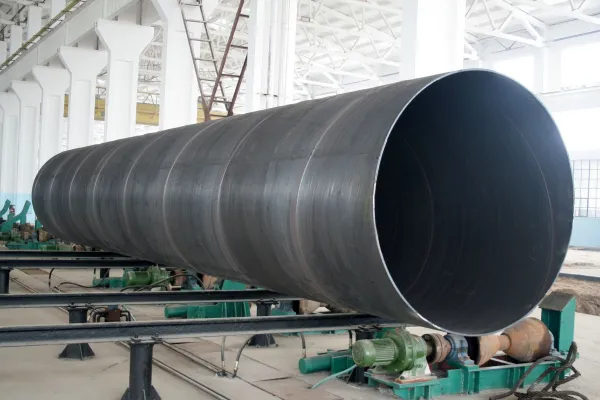
In addition, when purchasing spiral steel pipes, the quality of the weld should also be used to identify them. The welds of high-quality spiral steel pipes should be uniform and smooth, without defects such as cracks, pores, and slag inclusions, while inferior spiral steel pipes often have problems such as unstable welds, excessive misalignment, and even false welding and leaking welding. These defects directly affect the sealing and pressure-bearing capacity of the pipeline, and are very likely to cause safety hazards such as water leakage, oil leakage, and even bursting during use.
Secondly, it is also necessary to pay attention to whether the wall thickness of the steel pipe meets the standard. Some bad manufacturers will work hard on the wall thickness of the steel pipe, reduce costs by reducing the amount of steel used, and make the weight of the pipe significantly lighter under the same specifications. This kind of "cutting corners" product has greatly reduced carrying capacity in pipeline projects and is very likely to cause accidents during construction or operation. Therefore, when purchasing, users should use professional measuring tools, such as ultrasonic thickness gauges or calipers, to conduct random inspections of the wall thickness of various parts of the steel pipe to ensure that it is uniform and consistent and there are no "thin spots".
From the perspective of packaging and labeling, regular spiral steel pipe manufacturers will uniformly configure bundling, labeling, and quality inspection certificates in accordance with national standards or industry standards before leaving the factory. Each bundle of steel pipes will be attached with a clear metal sign or label, which indicates: steel plant name, product brand, production batch number, specification size, standard number, inspection personnel number, etc. Through these traceable information, counterfeit and inferior products can be effectively prevented from entering the market. However, inferior steel pipes are often shipped in small bundles or bulk, with incomplete or missing labels. Once quality problems occur later, it is difficult to hold them accountable.
Furthermore, users can also distinguish the authenticity from the product performance test report. High-quality spiral steel pipes are usually equipped with mechanical properties reports and chemical composition analysis reports issued by third-party testing agencies. For example, third-party laboratories are required to analyze or provide documents to prove compliance with relevant standards such as
API 5L, EN 10219 or GB/T 9711, and non-destructive testing reports. These documents can truly reflect whether the various performance indicators of the product meet the standards. However, inferior products often cannot provide these materials, and even forged test reports appear. When checking, users should pay special attention to whether the qualifications and seals of the testing agencies are authentic and valid.
Finally, we advise users not to pursue low prices blindly when purchasing spiral steel pipes, but to comprehensively consider factors such as the manufacturer's qualifications, production scale, equipment level, customer evaluation and after-sales service. As the saying goes, "cheap goods are not good goods." Although the price of high-quality spiral steel pipes is slightly higher, they have more advantages in construction safety, service life, and overall project cost control. Only by choosing manufacturers with brands, reputations, and quality assurance can we prevent the invasion of inferior products from the source.






 English
English Español
Español بالعربية
بالعربية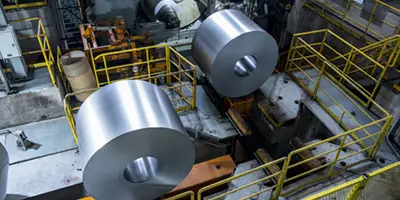

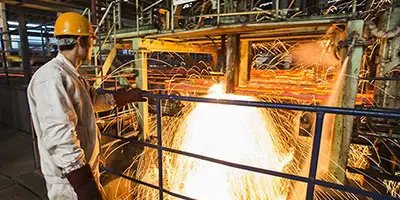
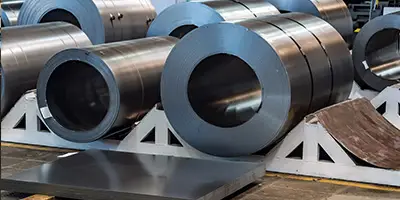

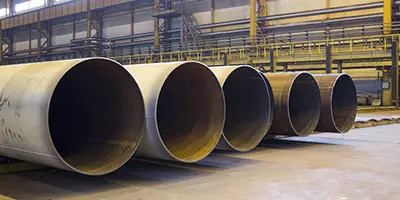
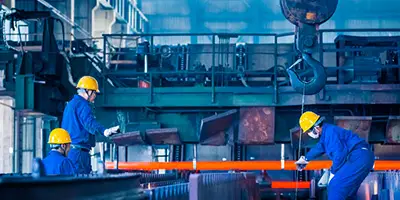
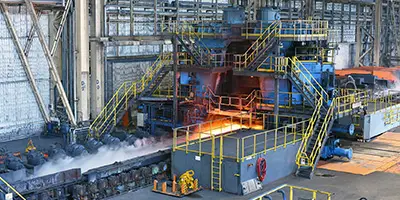
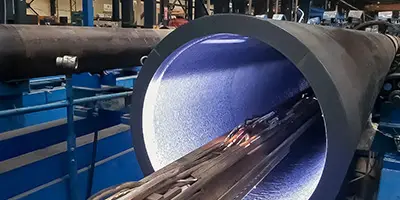
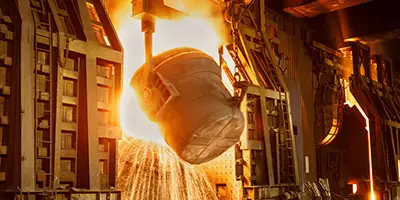
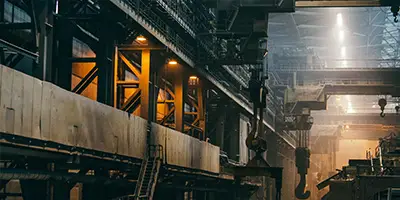

 Phone :
Phone :  Whatsapp :
Whatsapp :  Email :
Email : 


